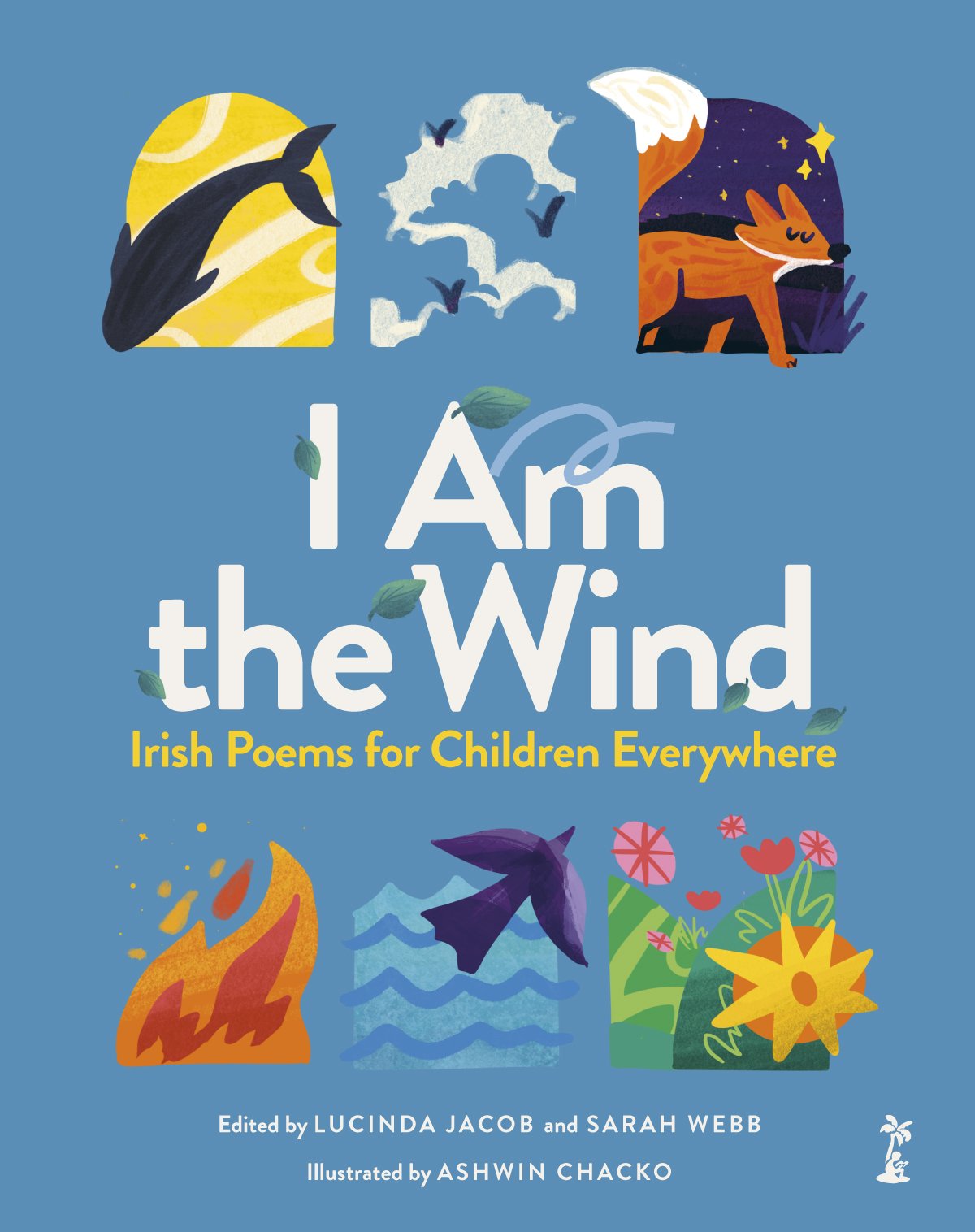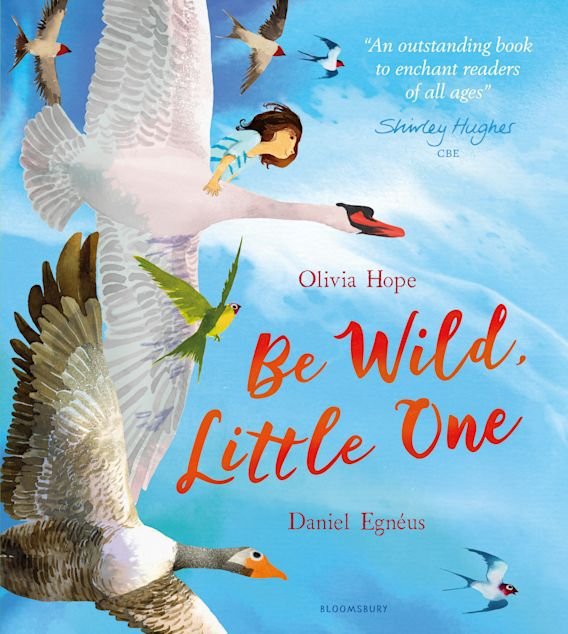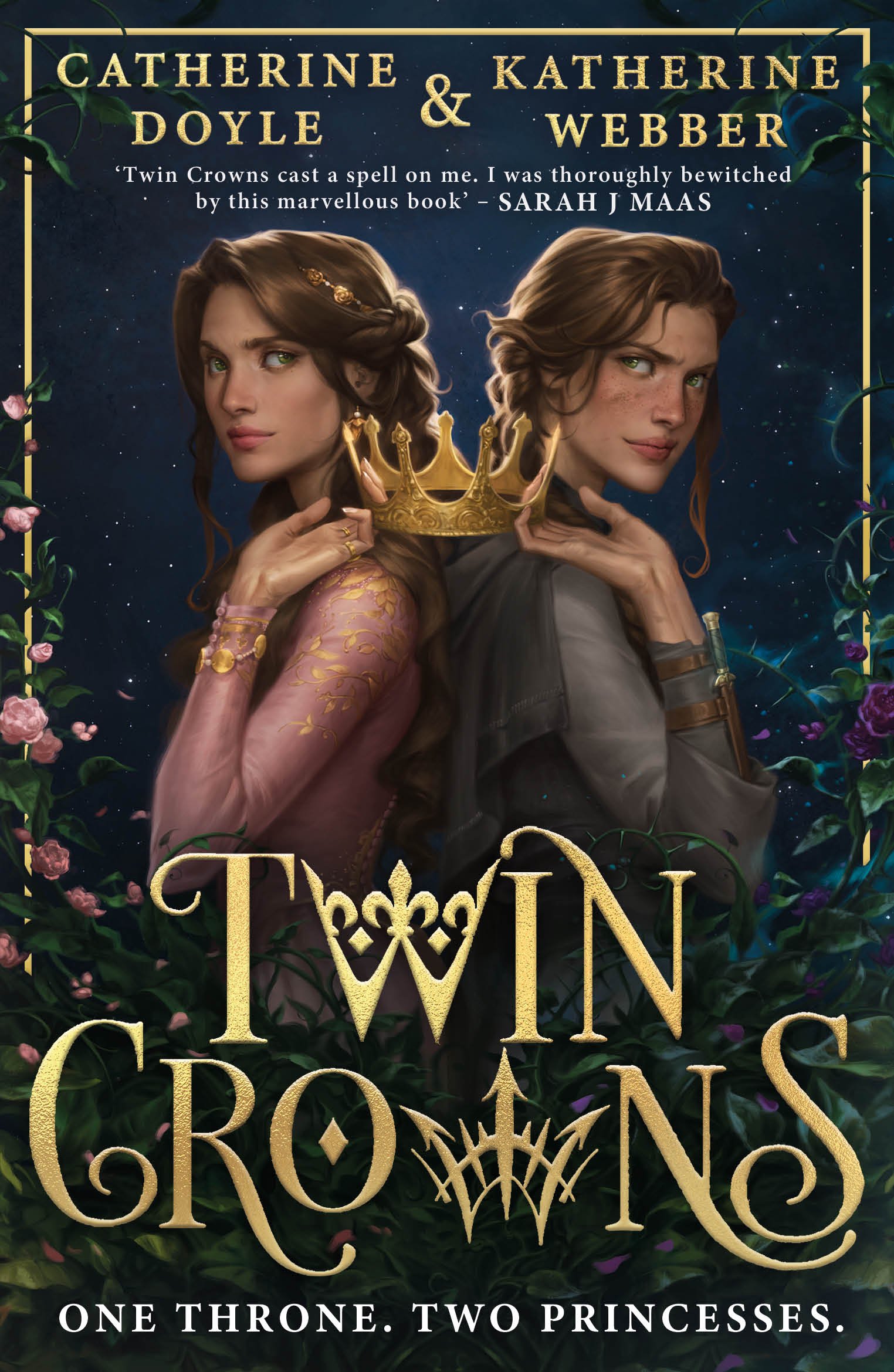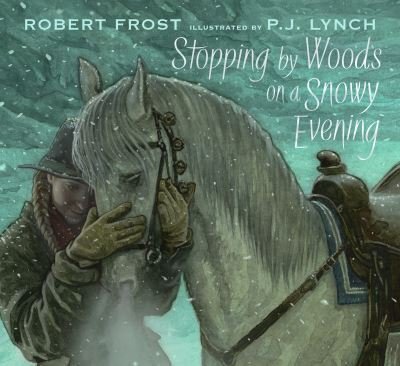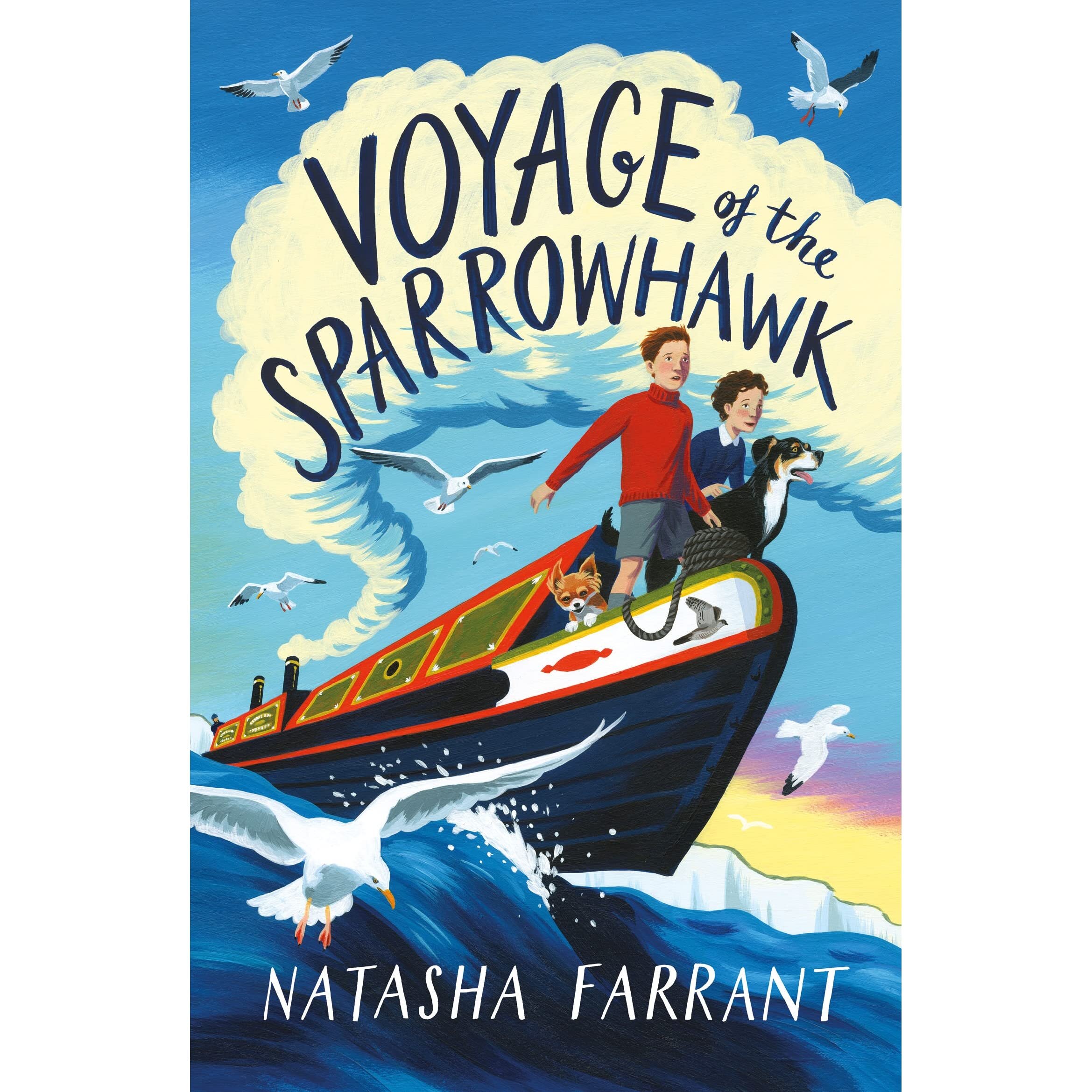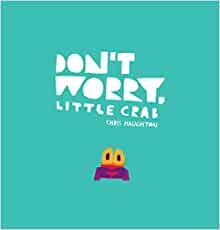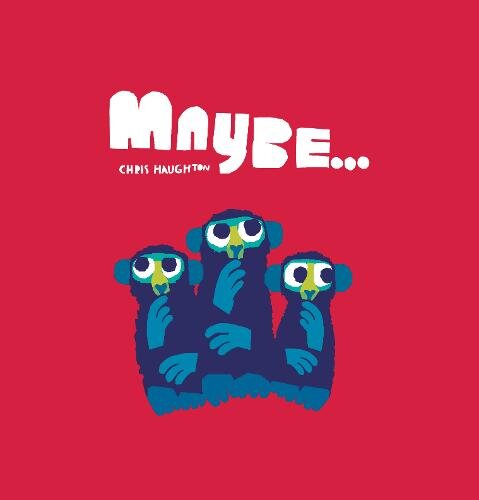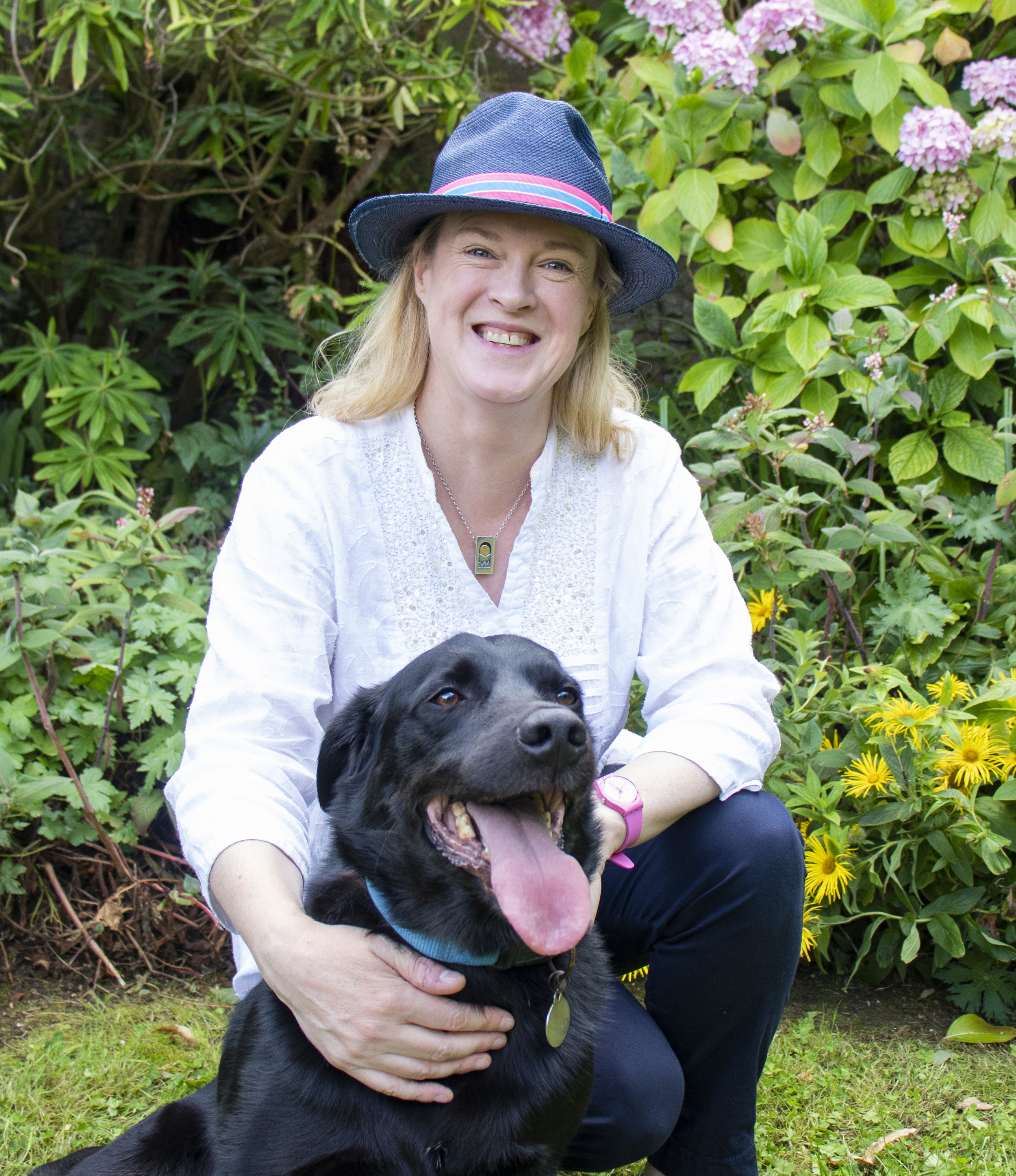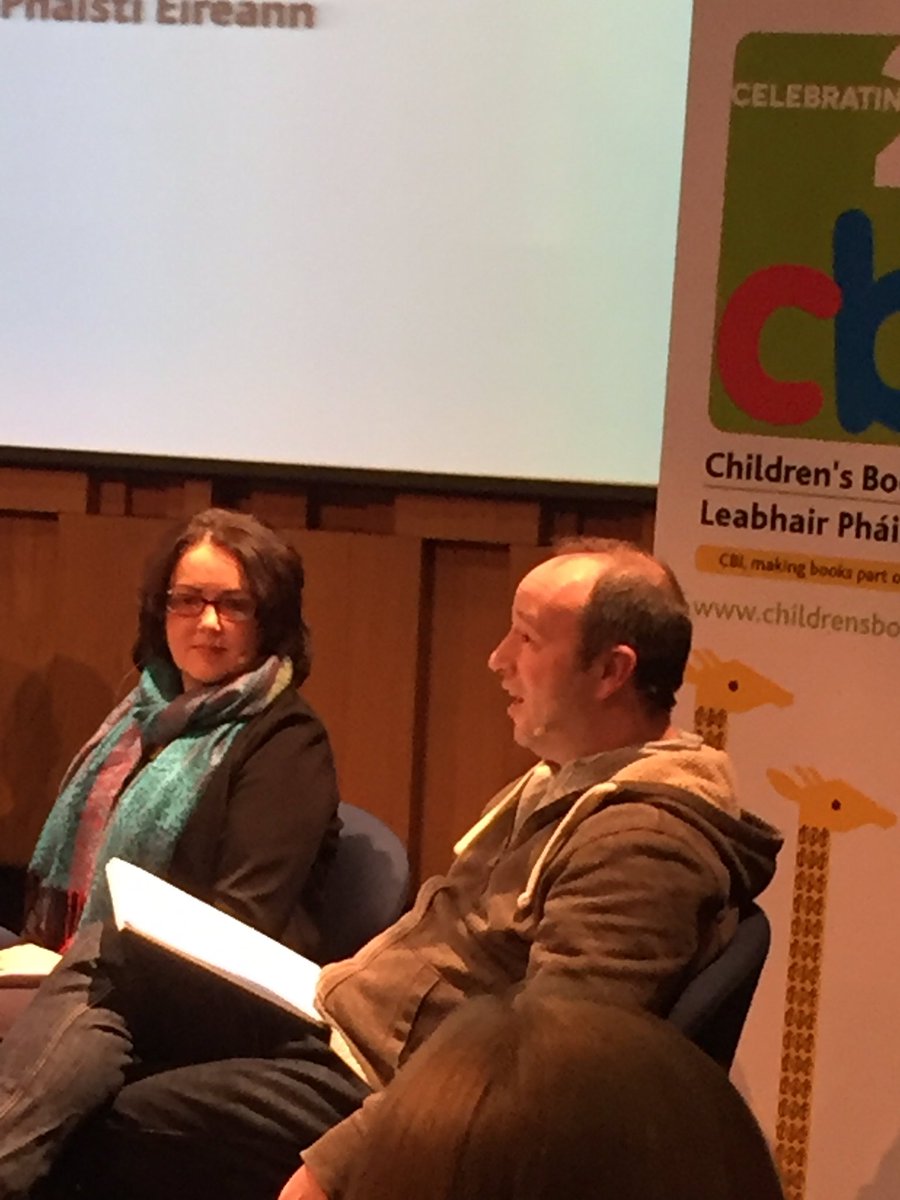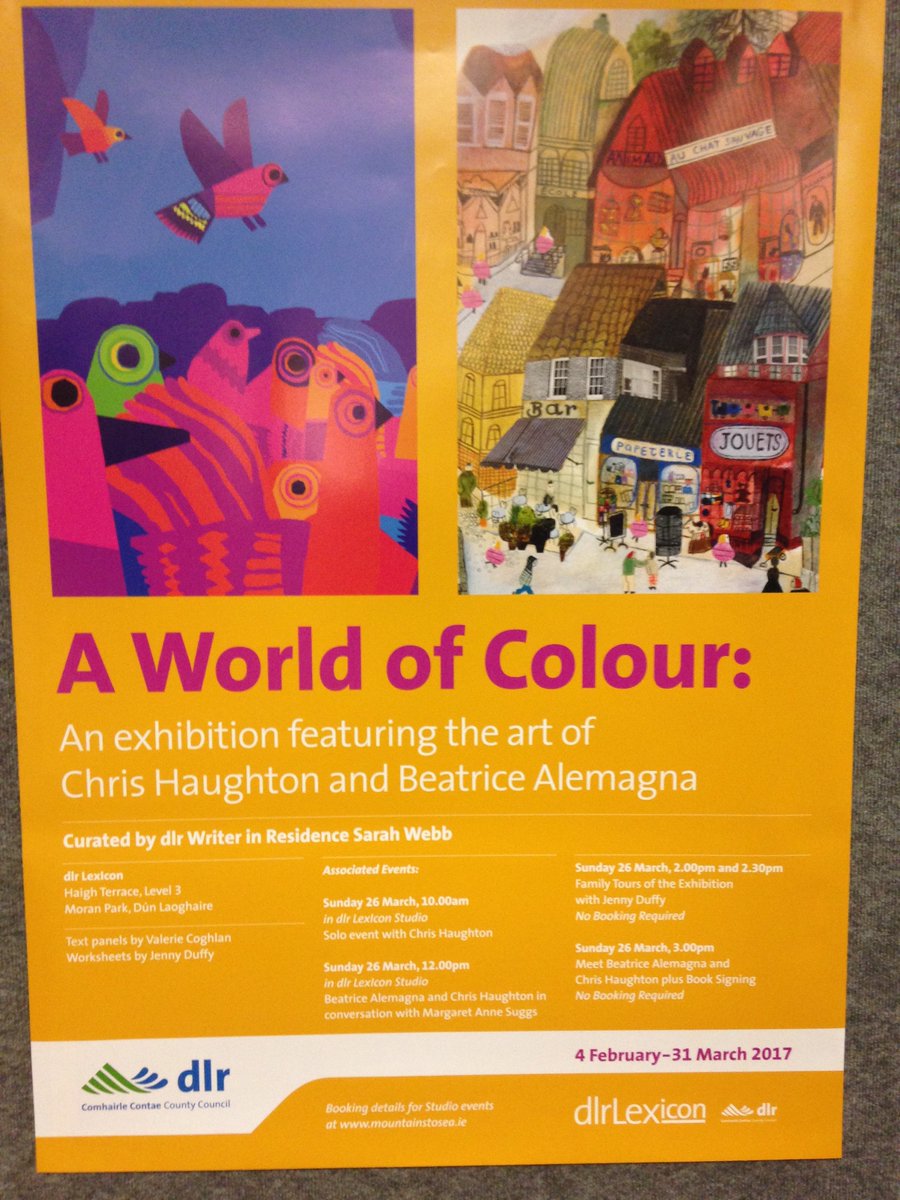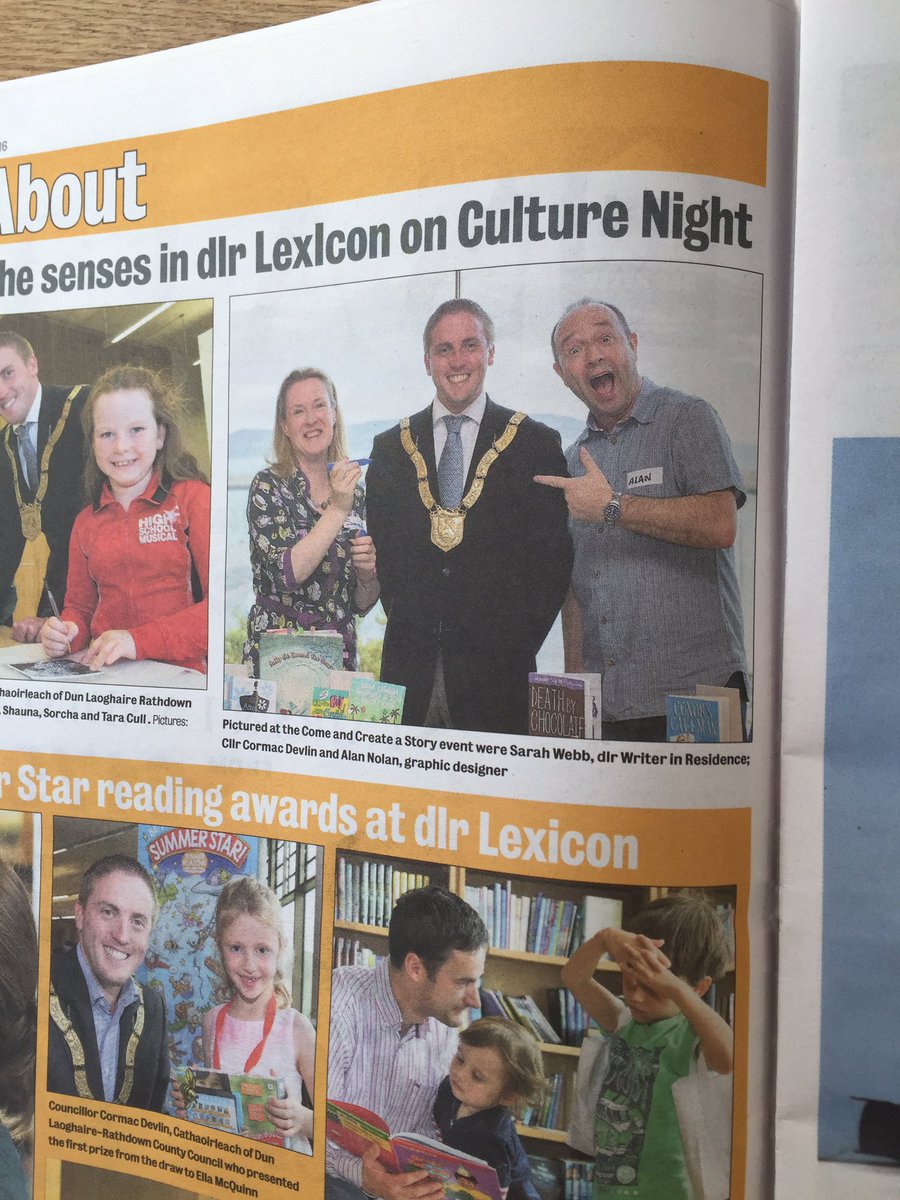Méabh tell us about your publication journey
I started writing Into the Witchwood in 2020 during one of the lockdowns. It was inspired by my daily walks through Kylebrack woods and being back in my childhood home. I started to stare deeply at the trees that I passed and thought about what if the shapes I was seeing in them were magical creatures hidden inside? I’ve always wanted to write for children, but until I got that flash of inspiration I never felt like I was writing a story that was truly mine. The Witchwood felt like a story that really belonged to me. I spent about a year drafting and redrafting it - in between my work as a children’s bookseller in Charlie Byrne’s Bookshop in Galway and once I felt it was ready to be seen by a publisher I submitted it to The O’Brien Press’ annual Pitch Perfect event as a part of Culture Night. After that event they asked to see a manuscript of my book and, much to my delight, they accepted it for publication after a few months.
Do you have an agent?
I don’t have an agent, because The O’Brien Press accepts unsolicited manuscripts as do some of the other Irish publishers. I feel really grateful that that’s something that they do here.
What has surprised you about the publication journey?
I was lucky enough to be fairly familiar with the publishing industry, considering my job as a children’s bookseller, but I was surprised by how many people a manuscript passes through before it reaches a reader. I also have been really pleasantly surprised by the goodwill that so many people in the Irish book community have had towards a debut author. We’re so lucky to have such great people involved in our industry who are extremely welcoming to newcomers and willing to answer all of my naive questions!
What advice would you give people who would like to write a children’s fantasy novel?
The first piece of advice I’d give to someone who would like to write children’s fantasy novels is they should probably read children’s fantasy novels! Reading is such a key part of writing. Read everything from brilliant new Irish fantasies, like Sinéad O’Hart, Alex Dunne and Catherine Doyle, to older international ones like Madeline L’Engle, and Ursula Le Guin. Familiarise yourself with the conventions of the genre and then when you break all of the rules - you’ll be doing it on purpose!
While fantasy stories are steeped in magic and things that ‘aren’t real’ it’s usually used as an opportunity for the author to explore darker feelings and emotions by giving them a physical representation. For example, the Witchwood in my story is a metaphor for grief and the challenges we face growing up.
This means it is vital that the characters themselves come from a real and grounded place.
Because of that I would say you should write the story that you would most like to read. But I don’t mean write the story that you read when you were a child, I mean write a story that makes you excited. If I’m not interested in the characters I’m writing or the setting I’m trying to create - then the reader won’t be either. So write the story that makes you feel like your fingers are falling over each other trying to get it out.
Méabh McDonnell
Méabh, tell us about your book and your writing process. How long did it take you to write?
It took me about a year to write the novel, on and off at different times. I tend to write in spurts where I intensely write a draft over about six weeks, then revise and change aspects of the story sporadically in the months after that.
How many drafts did you do?
I wrote roughly three drafts. One initial one, then I edited that extensively into a second before submitting it. After that I rewrote it into a new - shorter - draft when the manuscript was accepted. There were also multiple smaller aspects of the story that were redrafted within those three. The beginning was the part of the story that changed the most, but I made significant changes to the characters' plotlines throughout. Most of the time I was editing things out rather than adding them in. I usually write as much detail as I can think of and then cut back and revise later.
Are you a planner?
I am a planner - although I try my hardest not to plan so much that there’s no room for inspiration along the way.
I am a planner because I am also a procrastinator. If I don’t plan my plots then I will allow myself to write go-nowhere chapters where all the characters do is talk and nothing happens. Dialogue and conversations are my favourite things to write so that happens a lot if I don’t have a chapter plan to follow! Planning also stops me from walking away from the story and not finishing it, which is something I have a tendency to do if I don’t know what’s going to happen next.
That being said, I think a mixture of planning and what writer Mary Watson calls ‘writing into the mist’ is the best way to create a story, as those little moments of inspiration that are unplanned are often the most magical part of the writing process.
What is your favourite thing about the writing process?
As I said, my favourite thing about the writing process are the surprises that characters and plots hit you with along the way. Not to spoil Into the Witchwood - but there is a plot twist towards the end of the book. But the thing is, I didn’t know about that twist until the moment that I wrote it. It wasn’t a part of my plan, and I think it might be one of the best bits of the story! It just strolled into my mind as an idea and luckily, I was paying enough attention that I decided to use the idea and add it in.
And your least favourite thing?
My least favourite thing about the writing process is initially sitting down to write! I find it very difficult to convince myself to open up my word processor or notebook and just start working. Once I do that, I’ll stay working for hours, but it’s that initial starting up that is so difficult to convince myself to do. I try to combat it by setting out times for myself to write in the day, so that it doesn’t feel like I’m neglecting it when I’m doing other things.
What are you working on now?
I’ve got lots of different ideas that I’m working on right now but I’m trying to narrow my focus to just one. The stories that are most interesting to me are the ones that draw on the magic and mythology of familiar places from my childhood in the same way that Into the Witchwood does with Kylebrack Woods.









